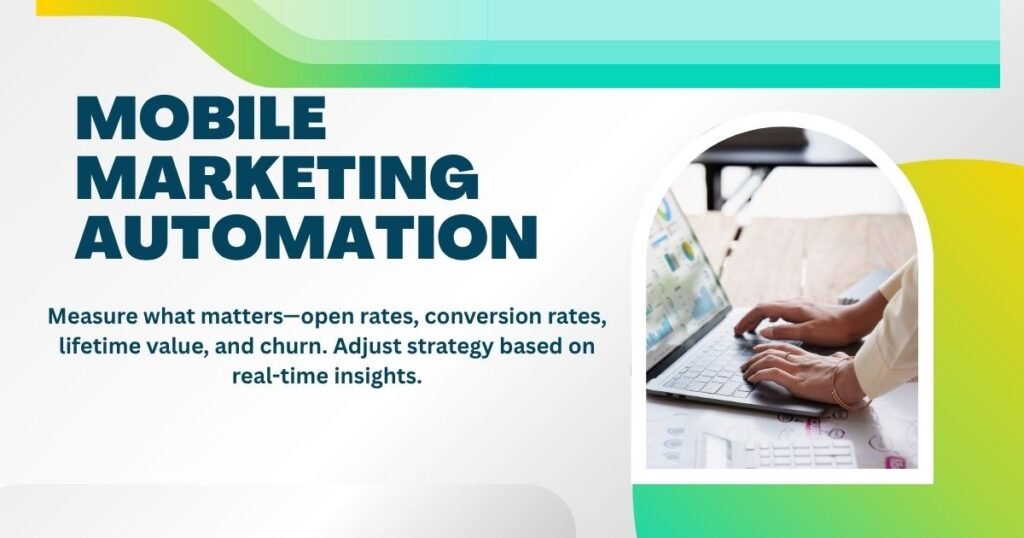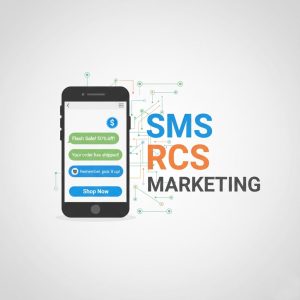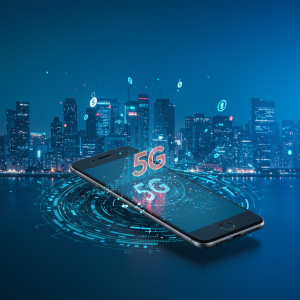Mobile Marketing Automation: A Complete Guide for Modern Marketers

The Shift Toward Mobile-Centric Marketing
In today’s digital landscape, mobile devices are no longer just a channel—they’re the primary interface between businesses and consumers. With over 6 billion smartphone users globally, mobile is where customer journeys begin, progress, and convert.
However, with great opportunity comes great complexity. Managing personalized interactions across SMS, push notifications, mobile apps, and mobile web can be overwhelming. That’s where mobile marketing automation enters the scene.
This guide breaks down what mobile marketing automation is, why it matters, how it works, and how businesses can use it to deliver high-impact marketing at scale.
What Is Mobile Marketing Automation?
Mobile marketing automation refers to the use of software platforms to automate, personalize, and optimize marketing campaigns specifically for mobile users. It involves:
-
Scheduling and delivering messages across mobile channels
-
Personalizing communication based on user behavior
-
Automating customer journeys and campaigns
-
Analyzing mobile-specific metrics to improve performance
Unlike traditional automation that focuses on email or desktop users, mobile automation is optimized for mobile-first interactions—like push notifications, in-app messages, and mobile SMS.
Why Mobile Marketing Automation Is Essential
1. Mobile is Where Your Audience Lives
Studies show that users spend more than 70% of their digital time on mobile. If you’re not optimizing for this medium, you’re missing critical opportunities.
2. Improved Customer Engagement
Automated push notifications and SMS messages have higher open rates than emails. Timely, relevant messages delivered directly to a user’s mobile screen lead to better engagement.
3. Enhanced Personalization
Mobile marketing automation enables personalized communication at scale, delivering messages tailored to user location, preferences, and behavior.
4. Time and Cost Efficiency
Automation reduces manual work, accelerates campaign deployment, and minimizes errors. This translates to faster execution and better ROI.
5. Real-Time Communication
Mobile automation allows real-time interactions such as sending alerts when users abandon a cart or walk near a store.
Core Components of Mobile Marketing Automation
To understand how mobile marketing automation works, let’s look at its key components.
1. User Segmentation
Automated systems group users based on actions, demographics, device type, location, and behavior to deliver targeted content.
2. Behavioral Triggers
Trigger-based marketing sends messages when users take specific actions like downloading an app, abandoning a cart, or reaching a milestone.
3. Multi-Channel Messaging
Mobile automation supports:
-
Push notifications (for mobile apps)
-
In-app messages (shown while users use the app)
-
SMS marketing
-
Mobile email campaigns
4. Personalization Engines
AI-driven tools customize messages based on user journey, previous interactions, device type, and purchase history.
5. Analytics and Reporting
Track open rates, click-throughs, conversion rates, app uninstalls, and campaign ROI through a centralized dashboard.
Common Use Cases of Mobile Marketing Automation
1. Welcome Campaigns
Trigger a welcome message or tutorial when a user first installs your app or subscribes to your SMS list.
2. Cart Abandonment Alerts
Send push or SMS reminders when a customer adds products to a cart but doesn’t complete the checkout.
3. Geo-Targeted Offers
Automate campaigns that activate when users enter specific geographic areas, such as nearby retail stores or event venues.
4. Inactivity Re-Engagement
Nudge users who haven’t opened your app or responded to messages in a set number of days.
5. Loyalty and Reward Programs
Deliver real-time updates about points, exclusive deals, or tier upgrades through automated messaging flows.
Benefits of Mobile Marketing Automation
Higher Engagement and Retention
Automated campaigns keep users involved with timely content that responds to their actions or interests.
Increased Conversions
Personalized mobile messaging increases the likelihood of sales, upgrades, and app usage.
Scalability
You can engage millions of users across regions and channels without adding manual labor.
Real-Time Optimization
Use data to adapt messaging strategies on the fly, ensuring relevance and performance.
Brand Consistency
Automation allows you to deliver a unified brand voice across every user interaction.
How to Build a Mobile Marketing Automation Strategy
Step 1: Define Your Mobile Goals
Are you looking to increase app downloads, boost engagement, or drive purchases? Each objective requires a tailored automation strategy.
Step 2: Know Your Audience
Use analytics to understand who your users are, where they’re from, what devices they use, and how they interact with your mobile channels.
Step 3: Choose the Right Automation Tools
Select a mobile automation platform that supports your preferred channels (SMS, push, in-app), integrates with your CRM, and offers analytics.
Step 4: Map Out User Journeys
Create automation workflows for onboarding, engagement, conversion, and retention. Define entry points, actions, and response flows.
Step 5: Personalize and Segment
Use dynamic content and audience segments to deliver relevant messages to the right users at the right time.
Step 6: Test and Optimize
A/B test messages, delivery times, formats, and frequency to continuously improve your campaign performance.
Top Features to Look for in a Mobile Marketing Automation Platform
-
Cross-channel campaign management
-
Real-time analytics dashboard
-
User journey builder
-
A/B testing capabilities
-
Custom audience segmentation
-
Event-based triggers
-
Third-party integrations (CRM, analytics, ad platforms)
-
Message personalization tools
Choosing the right tool ensures the effectiveness and scalability of your mobile automation efforts.
Mobile Marketing Automation Best Practices
Prioritize Permission-Based Messaging
Always obtain user consent for SMS and push notifications to stay compliant and maintain trust.
Keep Messages Short and Relevant
Mobile screens have limited space. Deliver value quickly and clearly.
Time Your Messages Strategically
Send messages when users are most likely to respond—based on behavioral data or time zones.
Don’t Overdo Frequency
Too many notifications can lead to opt-outs or app uninstalls. Use automation rules to space out messages.
Monitor KPIs and Feedback
Measure what matters—open rates, conversion rates, lifetime value, and churn. Adjust strategy based on real-time insights.
Learn In-Game Advertising
Real-World Example: Boosting Engagement Through Mobile Automation
A fitness app used mobile marketing automation to drive user engagement. Upon onboarding, new users received a welcome message, followed by a 7-day workout plan via push notifications. Inactive users received motivational SMS nudges on days 3, 5, and 7.
Results:
-
35% increase in day-7 user retention
-
2x higher conversion to premium plans
-
28% decrease in churn rate over 30 days
This case illustrates how automated, well-timed messaging can boost retention and revenue.
Mobile Marketing Automation vs Traditional Automation
| Feature | Mobile Automation | Traditional Automation |
|---|---|---|
| Channel Focus | Mobile (SMS, app, push) | Email, web |
| Timing | Real-time, contextual | Scheduled, generic |
| Personalization | High, device and behavior-based | Medium, list-based |
| Engagement Rate | Higher (push/SMS) | Moderate |
| Use Case | Apps, mobile-first brands | Desktop or web-first |
Mobile marketing automation is ideal for businesses where mobile is a core customer touchpoint.
Industries That Benefit Most from Mobile Marketing Automation
-
eCommerce and Retail
-
Banking and Fintech
-
Health and Fitness Apps
-
Travel and Hospitality
-
Media and Entertainment
-
Education and Online Learning
Any industry that engages users through mobile platforms can benefit significantly from automation.
Final Thoughts: The Future of Mobile Marketing Automation
Mobile marketing automation is not just a trend—it’s a necessity. As customer attention shifts toward smartphones, businesses that fail to adopt mobile-first strategies risk falling behind.
Automation ensures your brand remains visible, responsive, and relevant to mobile users at every stage of their journey. It saves time, enhances personalization, and delivers measurable results.
Whether you’re launching an app, scaling a mobile store, or deepening customer relationships, mobile marketing automation provides the foundation for long-term success.





